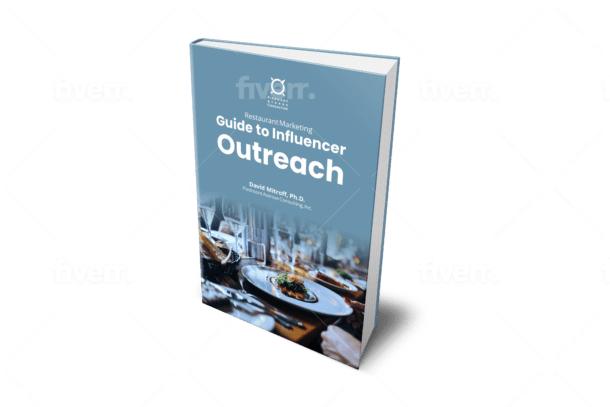Image: Pexels
Customer satisfaction is the linchpin of any successful business. The more content and valued your customers feel, the more likely they are to remain loyal and refer others. It’s no wonder, then, that companies are always seeking ways to understand and enhance their customers’ experiences.
But how do you measure something as intangible as satisfaction? This post delves into the essential metrics and strategies to effectively gauge and elevate customer contentment.
1. Net Promoter Score (NPS)
The Net Promoter Score, or NPS, is one of the most widely recognized metrics for gauging customer satisfaction. It is calculated based on responses to a single question: “On a scale of 0-10, how likely are you to recommend our product/service to a friend or colleague?” Customers are then categorized into three groups:
- Promoters (9-10)
- Passives (7-8)
- Detractors (0-6)
Your NPS is calculated by subtracting the percentage of detractors from the percentage of promoters. The higher the NPS, the better your customer satisfaction. It’s a straightforward yet powerful way to keep a pulse on your customer’s perceptions.
And for more insights into customer experience, explore NICE, which offers a plethora of tools and knowledge to delve deeper into understanding and improving this metric.
2. Customer Satisfaction Score (CSAT)
The Customer Satisfaction Score (CSAT) is another favorite among businesses. Typically, after an interaction with your service or product, customers are asked a simple question like, “How satisfied were you with your experience?”
The responses are usually on a scale, often ranging from ‘Very Unsatisfied’ to ‘Very Satisfied’. The CSAT is then calculated as the average score of these responses. It’s an immediate and direct way to understand a customer’s recent interaction with your brand.
3. Customer Effort Score (CES)
While satisfaction and likelihood to recommend are crucial, there’s another angle to consider: effort. The Customer Effort Score (CES) gauges how easy it was for a customer to interact with your service or product.
After an interaction, customers might be asked, “How easy was it for you to get the help you wanted?” The idea is that the less effort a customer has to expend, the more satisfied and loyal they are likely to be.
4. Customer Churn Rate
Churn rate indicates the percentage of customers who stop using your service or product during a specific time frame. A high churn rate may signify dissatisfaction. However, it’s essential to understand why customers are churning. Are they unhappy with the product, or have their needs changed? Surveys and feedback can help pinpoint the root causes.
5. Customer Lifetime Value (CLV)
CLV represents the total revenue you can expect from a customer over the duration of their relationship with your brand. A rise in CLV often signifies increased customer satisfaction, as they are spending more and staying loyal for a more extended period.
6. Social Media Mentions And Reviews
In today’s digital age, customers are vocal about their experiences on platforms like Yelp, TripAdvisor, and social media. Positive mentions and high ratings signify satisfaction, while negative ones offer an opportunity to understand pain points and address concerns directly.
7. Regular Feedback Surveys
Beyond the structured metrics, regular feedback surveys can provide qualitative insights. Open-ended questions allow customers to express their feelings, provide suggestions, and highlight areas for improvement.
Strategies to Enhance Customer Satisfaction
- Active Listening: Engage with your customers regularly. Understand their needs, pain points, and expectations. Respond to their feedback and show that you value their opinions.
- Personalization: Every customer is unique. Tailoring your services or products to fit individual needs can significantly enhance satisfaction levels.
- Quality Assurance: Ensure that your product or service is of the highest quality. Consistency is key to keeping your customers satisfied.
- Training and Development: Regularly train your staff to be customer-centric. Equip them with the tools and knowledge to handle concerns and deliver exceptional service.
- Innovate: Stay ahead of the curve by continuously innovating and adapting to the changing needs and desires of your customer base.
Conclusion
Measuring customer satisfaction is not just about numbers; it’s about understanding emotions, expectations, and experiences. By leveraging the metrics mentioned above and implementing customer-centric strategies, businesses can not only gauge satisfaction but also foster loyalty, enhance brand reputation, and drive growth.
Remember, in the world of business, a satisfied customer is the best business strategy of all.








